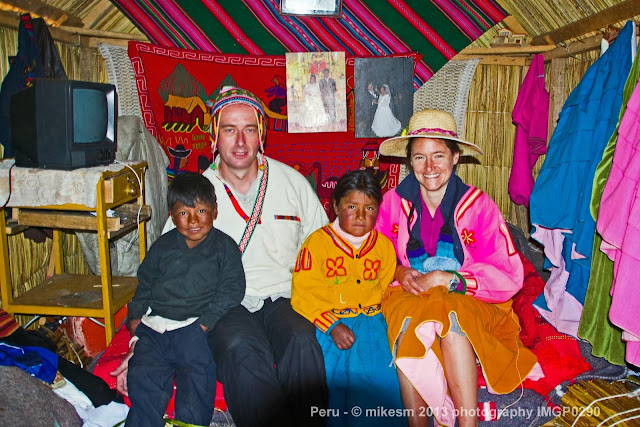The Basilica Cathedral of Lima is a Roman Catholic cathedral located in the Plaza Mayor of downtown Lima, Peru. Construction began in 1535, and the building has undergone many reconstructions and transformation since, however it still retains its colonial structure and facade. It is dedicated to St John, Apostle and Evangelist.
Sunday 6 October 2013
Huaca Pucllana, Lima
The Huaca Pucllana is a great adobe and clay pyramid located in the Miraflores district of central Lima, built from seven staggered platforms. It takes its name from the Quechua word "pucllay," meaning "game," which in its entirety can be translated as "a place for ritual games." It served as an important ceremonial and administrative center for the advancement of the Lima Culture, a society which developed in the Peruvian Central Coast between the years of 200 AD and 700 AD.
Lima, Peru
Lima is the capital and the largest city of Peru. It is located in the valleys of the Chillón, Rímac and Lurín rivers, in the central coastal part of the country, overlooking the Pacific Ocean. Together with the seaport of Callao, it forms a contiguous urban area known as the Lima Metropolitan Area. With a population approaching 9 million, Lima is the most populous metropolitan area of Peru.
Wednesday 2 October 2013
Amantaní, Lake Titicaca, Peru
Amantaní is a small island on Lake Titicaca populated by Quechua speakers. About 4,000 people live in ten communities on the roughly circular 15 square kilometres island. There are two mountain peaks, called Pachatata (Father Earth) and Pachamama (Mother Earth), and ancient ruins on the top of both peaks. The hillsides that rise up from the lake are terraced and planted with wheat, potatoes, and vegetables. Most of the small fields are worked by hand. Long stone fences divide the fields, and cattle and sheep graze on the hillsides. There are no cars on the island and no hotels. Since machines are not allowed on the island, all agriculture is done by hand. Electricity was produced by a generator and provided limited power a couple of hours each day, but with the rising price of the petroleum, they no longer use the generator. Most families use candles or flashlights powered by batteries or hand-cranks. Small solar panels have recently been installed on some homes. Some of the families on Amantaní open their homes to tourists for overnight stays and provide cooked meals, arranged through tour guides. The families who do so are required to have a special room set aside for the tourists and must fit a code by the tourist companies that help them.
Uros, Lake Titicaca, Peru
Lake Titicaca is notable for a population of people who live on the Uros, a group of 44 or so artificial islands made of floating reeds (totora, a reed that abounds in the shallows of the lake). These islands have become a major tourist attraction for Peru, drawing excursions from the lakeside city of Puno. Their original purpose was defensive, and they could be moved if a threat arose. Many of the islands contain watchtowers largely constructed of reeds.
Subscribe to:
Posts (Atom)






















































